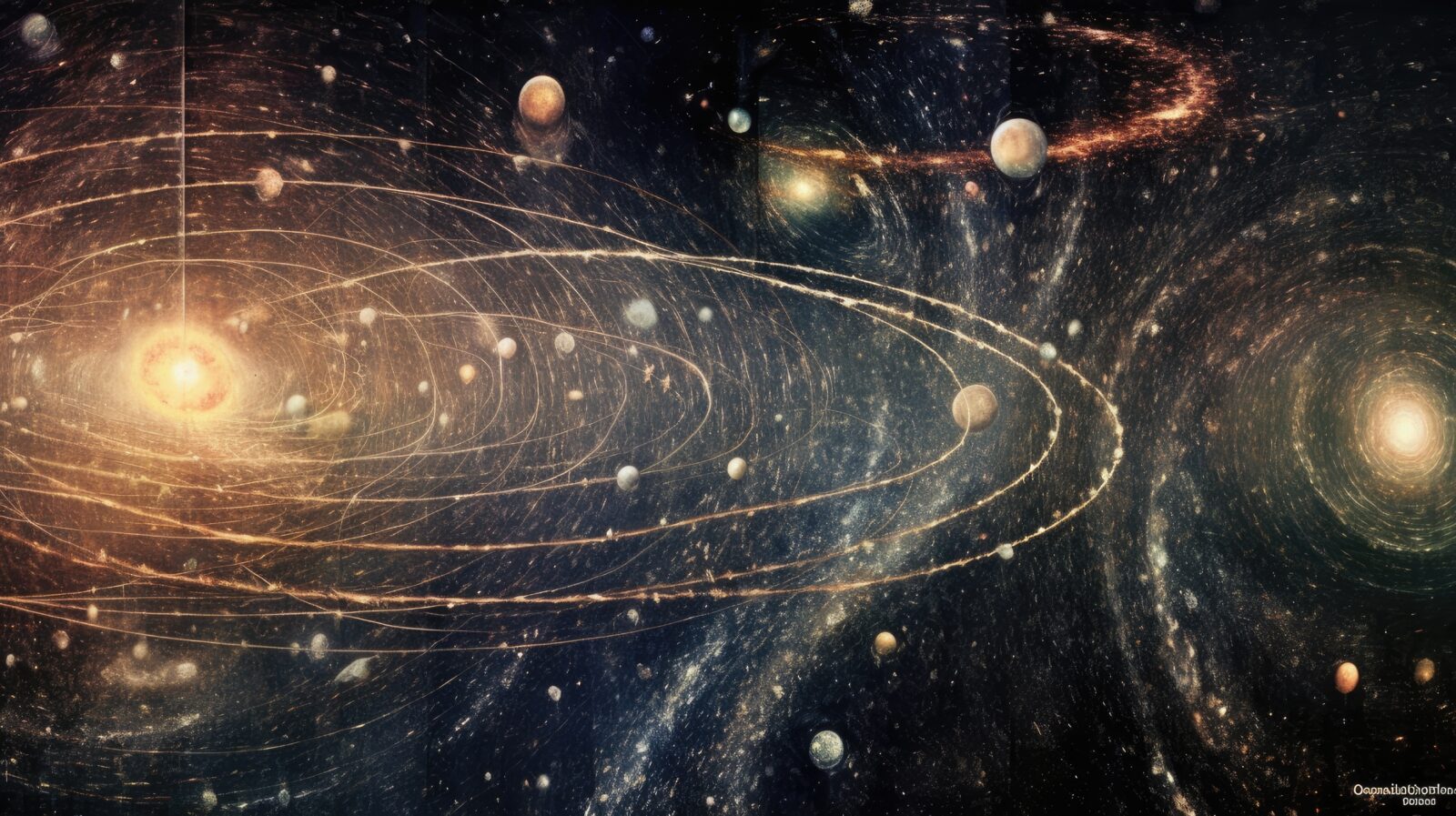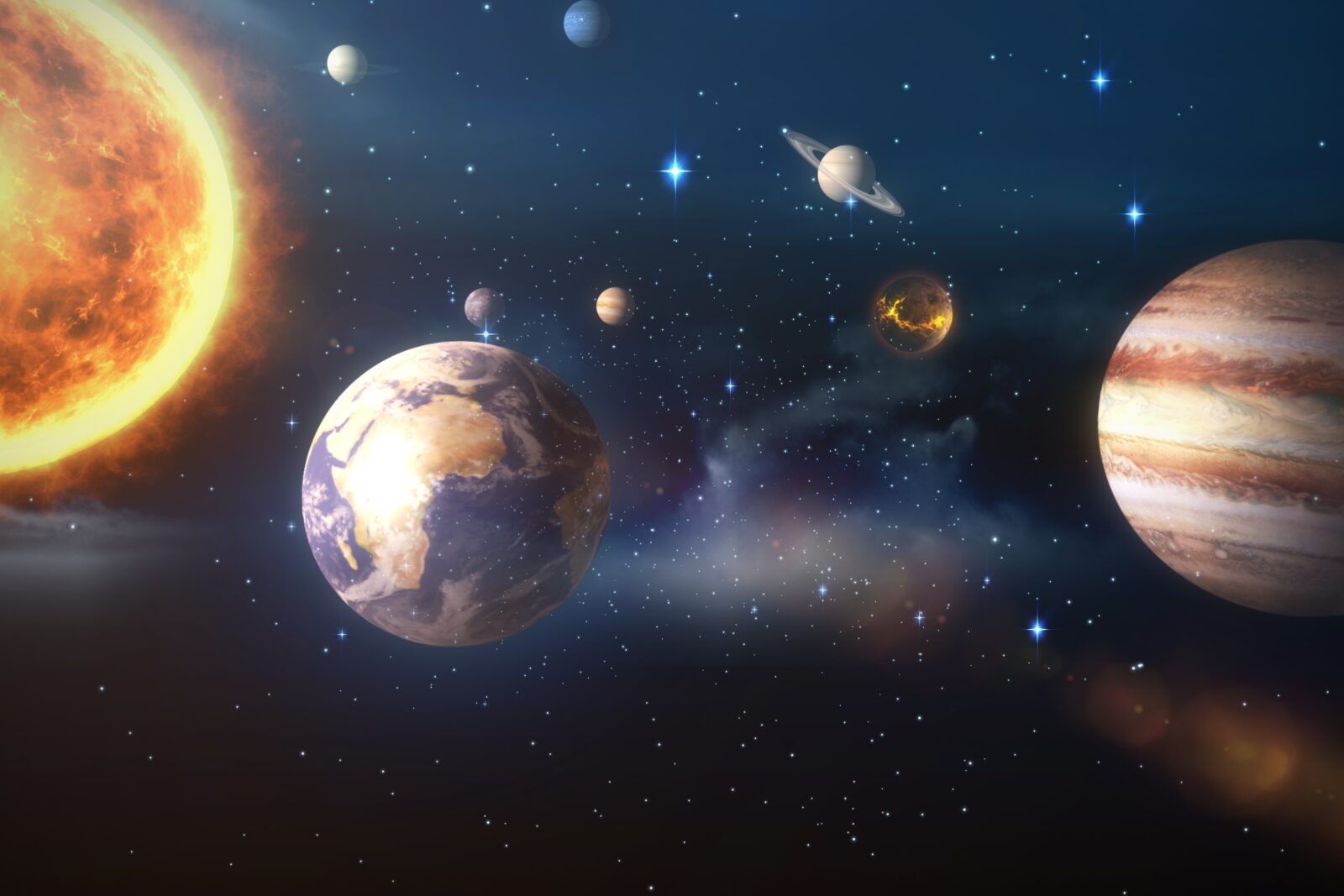


Uncovering the Hidden Mathematical Structure of the Universe

Kepler’s Pursuit of a Mathematical Cosmology

Distinguished Glasgow Surgeon David Galloway Dissects Darwinism
Today’s ID the Future brings onto the show Scottish physician David Galloway, author of the recent book Design Dissected and former president of Royal College of Physicians and Surgeons of Glasgow. In his conversation with guest host and fellow physician/author Geoffrey Simmons, Galloway describes how he found himself in the evolution/design controversy and eventually presented his doubts about Darwin to the Royal College of Physicians and Surgeons of Glasgow. In this first half of a two-part conversation, Galloway and Simmons briefly summarize the content of Design Dissected, and Galloway homes in on one section in particular where he tells the tragic story of Ignaz Semmelweis, a nineteenth-century Hungarian physician who pioneered life-saving antiseptic procedures in hospitals, but whose ideas were long attacked and ignored by leading physicians and scientists despite the clear and mounting evidence that careful handwashing, particularly among labor and delivery physicians, dramatically lowered mortality rates among patients. Galloway says it’s just one of many historical instances of experts clinging to an old paradigm in the face of contrary scientific evidence they don’t like. He says that much the same thing is occurring today among Darwinists who adamantly refuse to fairly consider the growing evidence against blind evolution and for the theory of intelligent design. Check out Galloway’s book here.

Carl Sagan Wrong about “Pale Blue Dot,” Says Astrobiologist
On today’s ID the Future, astrobiologist Guillermo Gonzalez unpacks one of his chapters in the new book The Comprehensive Guide to Science and Faith, edited by episode host Casey Luskin. Gonzalez and Luskin look at how our atmosphere as well as the sun, moon, distance from our host star, and position in the Milky Way are all curiously fine tuned not only for life but also for allowing Earth’s human inhabitants to observe and discover things near and far about nature. It’s as if a master designer made the Earth not merely for life but for curious and intelligent beings. What about the fact that Earth is such a tiny part of a vast universe, a “pale blue dot” as atheist astronomer Carl Sagan put it? Gonzalez fields that objection and uses diamonds to illustrate his point.

Cosmos: Possible Worlds and the Copernican Demotion Myth
On this episode of ID the Future, host Jay Richards interviews historian of science Michael Keas about a new documentary claiming that Copernicus’s heliocentric model of the solar system “demoted” humans from the place of honor at the center of everything. Neil deGrasse Tyson champions this persistent myth in episode 8 of the new National Geographic series Cosmos: Possible Worlds. The reality is quite different. As Keas explains, in Copernicus’s day, the Earth was thought to be at the bottom of the universe, the “sump” where all the filth collected, while the starry heavens were considered the place of honor. Keas and Richards trace the history of the demotion myth and discuss how Copernicus, Kepler, and other luminaries of the scientific revolution saw the Copernican revolution very differently, as a glorious promotion of humanity’s place in the cosmos.
Unbelievable: The Cosmic Copernican Demotion That Wasn’t
On this episode of ID the Future, Andrew McDiarmid again hears from science historian Michael Keas about another science myth exploded in Keas’ new ISI book Unbelievable: 7 Myths About the History and Future of Science and Religion. This time it’s the belief that Copernicus’s sun-centered cosmos demoted humans from our privileged position at the center. As another pioneering early astronomer, Galileo, noted, under the old astronomy the center was no privileged place. Instead it was viewed as the bottom of the universe, the “sump where the universe’s filth and ephemera collect.” So Copernicus’s discovery, if anything, elevated Earth’s place in the cosmos.
Read More ›New Book Unbelievable: No Bill Nye, a Big Cosmos Isn’t a Problem for Religion
On this episode of ID the Future host Andrew McDiarmid continues his series with science historian Michael Keas about Mike’s new work from ISI Books, Unbelievable: 7 Myths About the History and Future of Science and Religion. Here they focus on the myth that a vast cosmos renders humanity insignificant, and in the process, discredits the Judeo-Christian worldview. As Keas notes, science popularizer Bill Nye recently dusted off this old saw, but the Old Testament itself, in the Psalms, depicts man and the earth as tiny in compared to a vast universe. Keas also discusses C.S. Lewis’s take on the matter. Lewis pointed out that atheists have argued that a universe where earth is the lone habitable planet argues against God. And they have argued that a universe filled with many habitable planets argues against God. Heads the atheists win; tails the theists lose. As Lewis and Keas suggest, we are rightly skeptical of such rigged games. Listen in to learn more about this complex and fascinating issue touching on philosophy, theology, and the history of science. Please consider donating to support the IDTF Podcast.